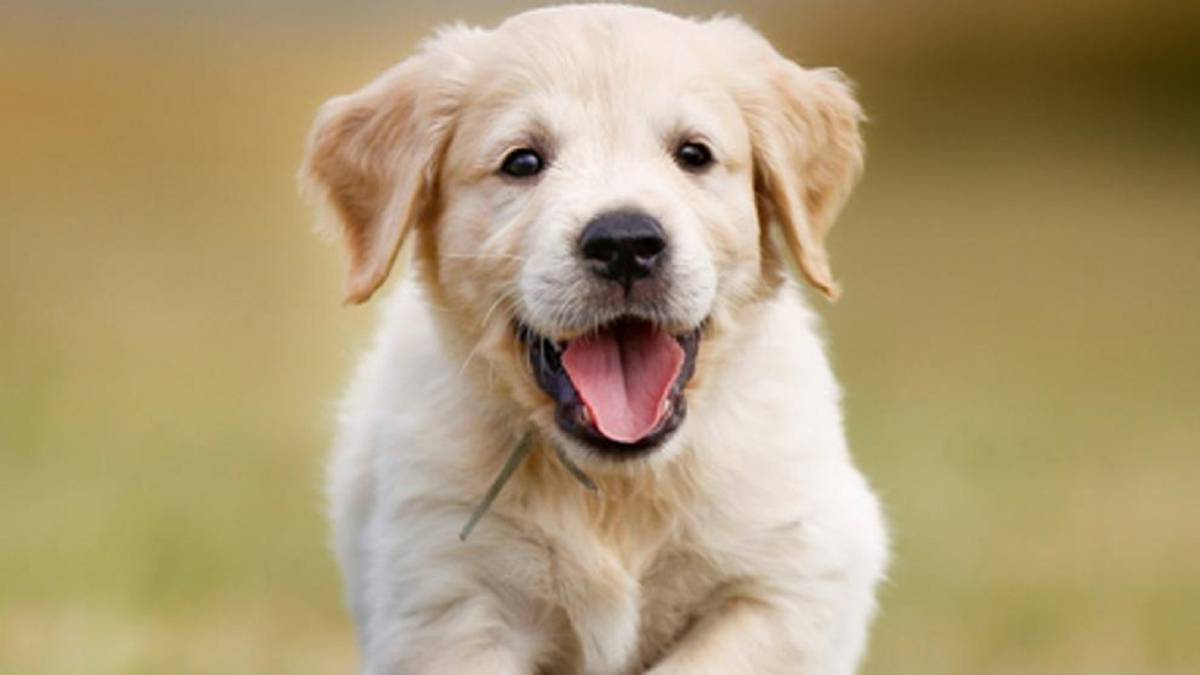
For those of us who’ve had the privilege of sharing our lives with pets, there are usually one or two with whom we bonded more tightly and who will always shine brighter in our memories. LA Times columnist Al Martinez and his wife had that in Barkley, an ebullient Springer Spaniel who was a beloved member of their family for nine years. “Barkley: A Dog’s Journey” documents a 3,000-mile road trip tailor made for Barkley up California and Oregon and back down to LA during a period of remission from the leukemia that killed him prematurely, with philosophical musings, local color, and recollections from the author’s long life thrown in for good measure. Thoughtful and lyrical, it encourages readers to contemplate their own lives and loves, but without being maudlin or indulging in over-sentimentality.
In the final chapter, Mr. Martinez explains that since Barkley’s death, they have not seen fit to replace Barkley with another dog because that would be too difficult. Instead, a feisty cat named Ernie is now attempting to fill some of the vacuum Barkley left behind. So life goes on, and the journey continues. Small book, big message.
When poetry is good it touches your mind and intellect. But, for me, great poetry grabs my heartstrings and emotions. It won’t let me go even when I close the book. That is how I felt after reading Calico Tales…and Others. No cat lover could read this book of poetry without a tear, a laugh and a smile of recognition. The incidents and emotions portrayed in the poems perfectly reflect the personality of cats. The author has captured the playfulness, aloofness, warmth and love cats share with their chosen people. But you get more than graceful, effortless poetry, although that would have been enough. Each poem is balanced by a beautiful black and white photograph showing cats in the mood of the poem. The two together make it an outstanding book. My personal favorite poems were “Jump the Moon,” “Sleeping Cat,” “The Street” and “Flat Out.”
Whether you like poetry or photography or you just love cats, this is a must have book. I know I will look at these photographs and re-read these poems whenever I need to touch the essence of what a cat is all about. This would make a wonderful gift for any cat lover on your list.
Margy Ohring has captured the true essence of cat in this wonderfully touching book of sonnets. Her poems celebrate ordinary events – feeding time, using the litter box, sleeping sitting on a windowsill, or playing with a toy. Yet the reader sees every nuance of the scene in great detail. It would be difficult to pick favorite poems here because each of them works. It is nice to see a classic poetic form used with a modern subject to such good effect. Ohring manages to get inside the minds of the felines she so lovingly describes. I felt I knew the personality of each cat in the book. This is a wonderful achievement that any cat lover would enjoy dipping into frequently when a smile, a laugh or even a tear is needed. Bravo for such a delightful read
Buddy, the pampered, rescue cat who lives indoors, and Jett, the feral who has survived life in the alley, may just look like cats to the average person but in reality their intertwined fate will play out the age-old clash of good vs. evil. They are locked in battle to be the next Cat Master, spiritual leader of all felines. Which one wins is at the heart of this book.
The old Cat Master is dying. He sends out a message, “Rise from the alley, my son. Of all my blood, you are the Chosen.” But his message is telepathically interrupted so Buddy hears only, “Rise from the alley…” The feline world plunges into darkness waiting for the next leader.
Buddy was badly hurt, when The Boy found him and nursed him back to health. Now Buddy lives the life of an Indoor with two other cats, Pris and Zekki. They are young and look up to Buddy for training and guidance. Buddy is haunted by the message that keeps playing over in his mind, “Rise from the alley…” and the arrival of Jett in his yard. Even though he doesn’t want to leave The Boy, he knows he must return to the alley to meet his fate. He warns Zekki and Pris to stay indoors where they are safe. But, like most cats, who are burdened with endless curiosity, they don’t listen and wander out the front door instead. Jett lures them into the dangerous world of the Outs where they become bait in his trap to lure Buddy into his web.
It takes the help of five cats, two dogs, a lizard, a possum and a mockingbird for Buddy to fulfill his mission. Of all the minor characters, Orie, the lizard, is the most satisfying. His actions turn him from a timid lizard into a lizard who is special indeed. The heroic German Sheperd, Tenba, continuously demonstrates the courageous loyalty of her breed.
Pemberton uses exciting, vivid descriptions to describe the animals, their surroundings and the perils they face on their adventures. Some of the fight scenes are filled with gore leading to death, which might be a bit strong for younger readers. But Pemberton depicts the bonding of animal to animal and animal to human beautifully. When I finished, I felt I these characters were part of my family.
I would recommend this book for older children and adults. Pemberton gets into the animal mind and gives her readers access to the mysterious feline world.

Recent Comments